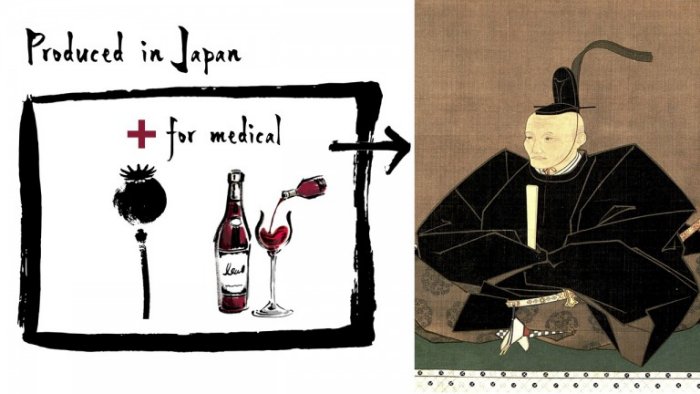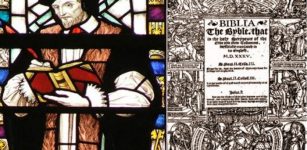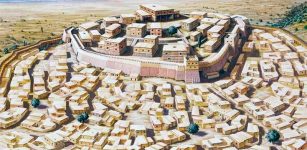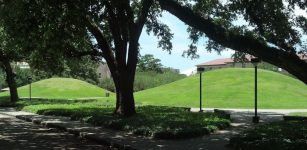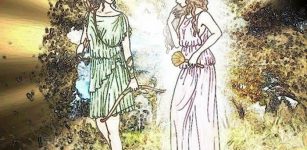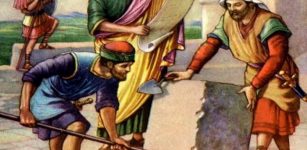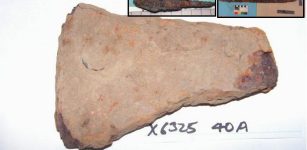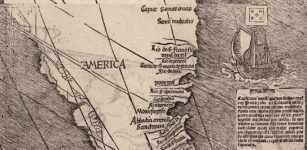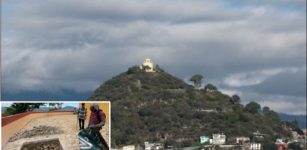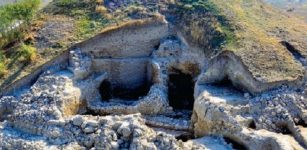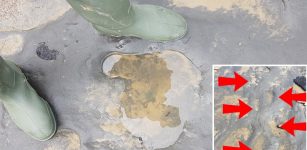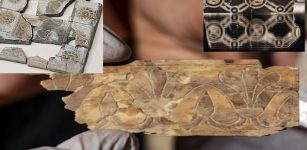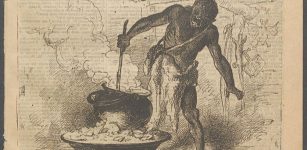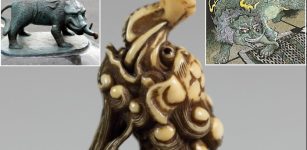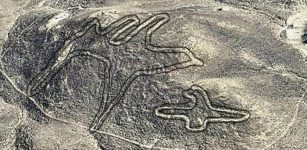400-Year-Old Documents Reveal Japanese Opium Was Produced For Medical Purposes
AncientPages.com - Researchers have discovered 400-year-old documents that reveal Tadatoshi Hosokawa, a 17th-century lord of Kyusyu, Japan, ordered his people to produce opium for medical purposes.
A description of opium imports was found in the historical record from 1628 was a note from Lord Hosokawa which read, "I am dissatisfied with the opium ordered (from Nagasaki) so it shall be returned." It may be inferred that Lord Hosokawa desired a commodity of higher quality.
Research from the Eisei Bunko Research Center of Kumamoto University have been aware of that wine was only produced from 1627 to 1630, and that Lord Hosokawa ordered the wine be sent to Edo for each of those four years, but the discovery of opium came as a surprise.
Wine and opium were both briefly made in Japan nearly 400 years ago. Credit: Prof. Tsuguharu Inaba
Winemaking appears in Japanese trade documents, diaries, catalogues, and other texts dating to the 15th and 16th centuries. Christian missionaries and trade merchants delivered wine to Japan from Western Europe, and it continued as a luxury import item for over a century.
Researchers found that black soybeans were used in addition to wild grapes in the winemaking process. Black soybeans promote fermentation, and it is believed that the addition of black soybean yeast helped ferment the wild grapes, which have a relatively low sugar content. In essence, Lord Hosokawa's wine was made by fermenting wild grapes, rather than by simply soaking wild grapes in alcohol.
It is thought that opium imported from Nagasaki was used for medicinal purposes such as sedation, analgesia, cough suppression and hypnosis. The winemaker Taroemon became responsible for opium production, which started in the spring and produced about 1.27 kg of opium by autumn.
See also:
Jomon Period: Triangle-Shaped Stone Artifact Depicting Human Face Found For The First Time In Japan
Evidence of wine imports to the Kokura region is older than the description of opium imports. In 1623, a letter written by Lord Hosokawa ordered the purchase of sweet wine from Nagasaki. Two years later, in 1625, he again ordered the purchase of sweet wine. In 1631, after the Hosokawa Family's winemaking period appears to have ended, there were further instructions to procure 3.6 liters of fine wine for medicinal use, with imports continuing until 1639.
Opium
In 1638, a sick Lord Hosokawa entered the Shimabara Rebellion (an uprising of mostly Catholics that resulted in the prohibition of Christianity) on the side of the central government. He commanded that wine be sent to Kumamoto, which became his territory in 1632, for medical use on the battlefield.
In that same year, another regional lord with an affinity for wine requested some through Lord Hosokawa's son. Lord Hosokawa replied, "I have contacted Nagasaki, but since wine is known to be used when converting to Christianity, merchants have stopped trading it to avoid suspicion that they may be Christians."
Lord Hosokawa then arranged to send wine that was already in his possession. From these transcripts, researchers uncovered that both lords and merchants recognized that wine had become a prohibited Christian drink.
After the Shimabara Rebellion (1637 – 1638) was suppressed, the central government prohibited port entry from Portuguese ships, eliminated Christianity, and restricted trade with Western Europe to only the Netherlands, which promised not to propagate Christianity in Japan. This marked the beginning of Japanese isolationism.
AncientPages.com

